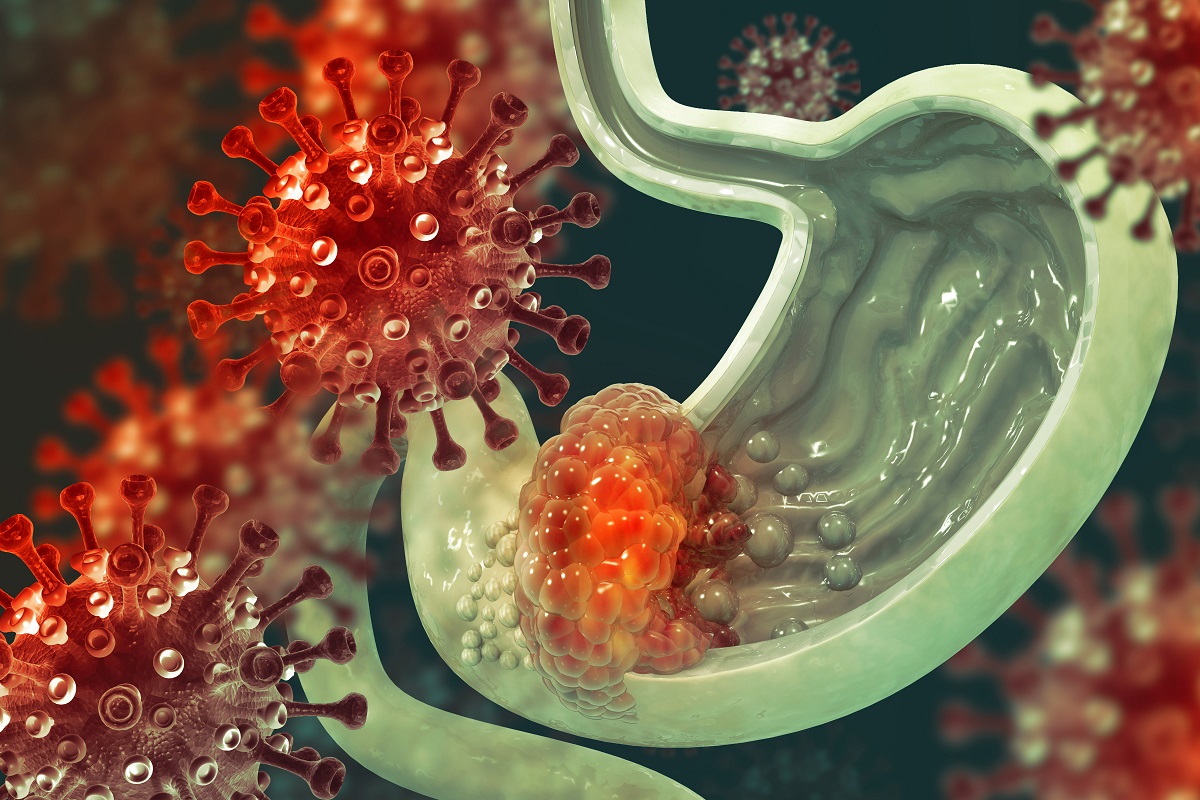KEY TAKEAWAYS
- The RADICALS-RT phase III trial aimed to assess the effect of the intervention on long-term cancer on participants remaining free from distant metastases after a defined follow-up period.
- The primary OM was FFDM.
- The study found no advantage in post-surgery radiation; observing PSA failure and then applying radiation became the recommended approach for this prostate cancer cohort.
The ideal timing for administering radiotherapy (RT) following radical prostatectomy (RP) in prostate cancer remains unclear. The study had previously reported an early outcome measure (OM), progression-free survival (bPFS). For this study, researchers aimed to assess the effect of the intervention on long-term cancer spread by determining the proportion of participants remaining free from distant metastases after a defined follow-up period.
Patients with postoperative PSA (prostate-specific antigen) ≤0.2 ng/ml and at least one risk factor (pT3/4, Gleason 7-10, positive margins, or pre-op PSA≥10ng/ml) were randomized within 22 weeks after radical prostatectomy (RP) to receive either adjuvant radiotherapy (aRT) or an observation approach with salvage radiotherapy for PSA failure (Obs+sRT). PSA failure was defined as PSA ≥0.1 ng/ml or three consecutive rises. Stratification factors included Gleason score, margin status, planned radiotherapy volume (prostate bed only, prostate bed + pelvis), radiotherapy schedule (52.5 Gy/20f, 66 Gy/33f), and center.
The primary OM was freedom from distant metastasis (FFDM), with over 1200 patients needed for 80% power to detect an improvement from 90% to 95% at 10 years with aRT. Secondary outcome measures included overall survival(OS), safety, and patient-reported outcomes at 1, 5, and 10 years. Standard survival analysis methods were employed.
About 1,396 patients were randomized (697 aRT, 699 Obs+sRT) between October 2007 and December 2016(82% UK, 13% Denmark, 4% Canada, 1% Ireland). The median age was 65 years, and 37% (517/1396) had a CAPRA-S score of 6 or higher. Data were frozen in May 2022; the median follow-up was 8 years. Of those receiving aRT, 93% (650/697) initiated radiotherapy within 5 months, while 39% (270/699) of those on Obs+sRT started radiotherapy. The median PSA at salvage radiotherapy initiation was 0.2 ng/ml. About 24% (156/650) of aRT and 27% (72/270) of Obs+sRT patients reported hormone therapy with their radiotherapy.
With 80 events, FFDM at 10 years was 93% for aRT versus 90% for Obs+sRT (HR=0.68, 95% CI 0.43-1.07, p=0.095). OS at 10 years was 88% versus 87% (HR=0.98, 95% CI 0.67-1.44, p=0.92). Self-reported urinary incontinence and fecal incontinence were worse at 1 year for aRT (P<0.001).
The results demonstrated that adjuvant RT after RP offered no benefit over observation with salvage RT for PSA failure, making observation the new standard for this prostate cancer group.
Clinical Trial: https://clinicaltrials.gov/study/NCT00541047
Annals of Oncology (2023) 34 (suppl_2): S954-S1000. 10.1016/annonc/annonc1334



